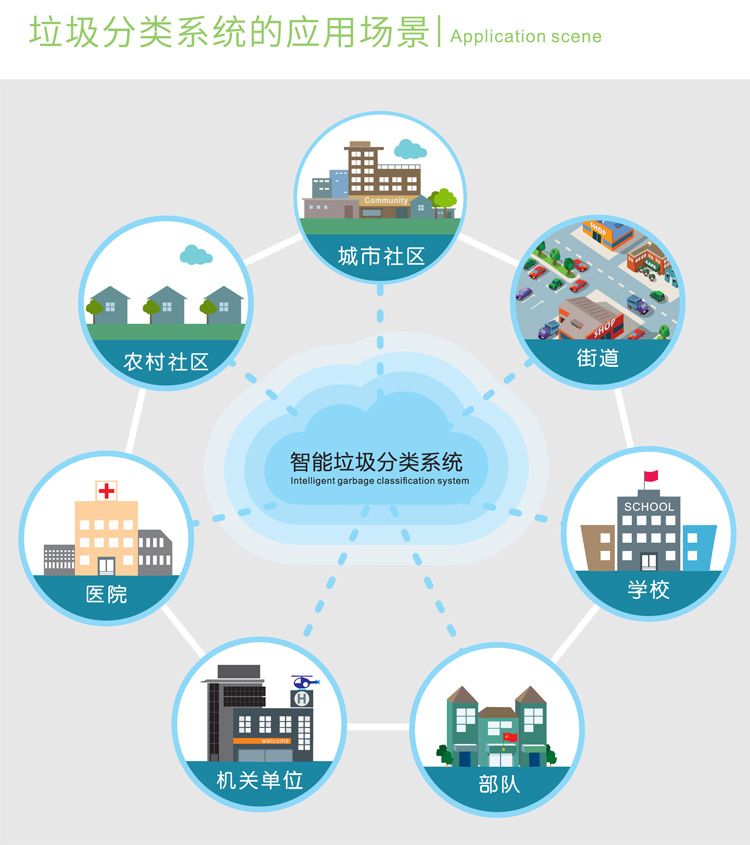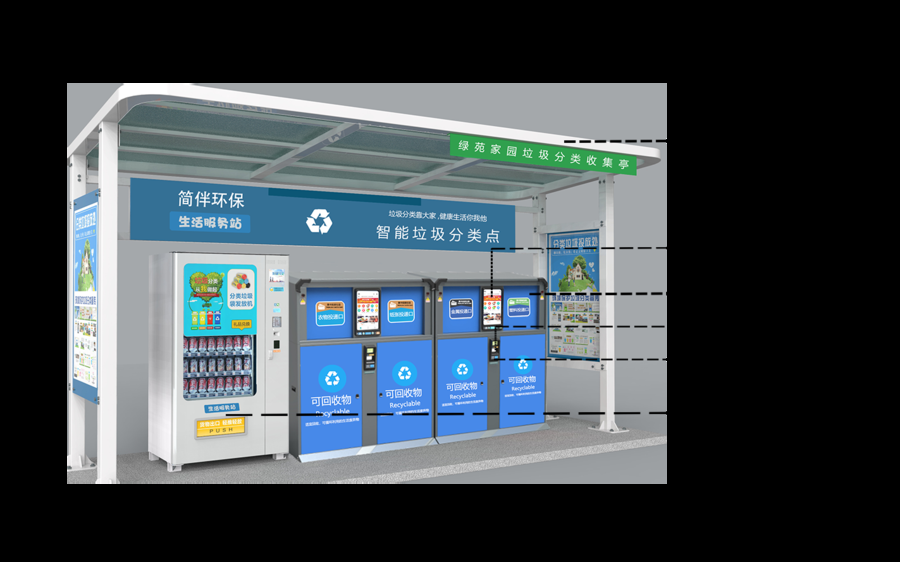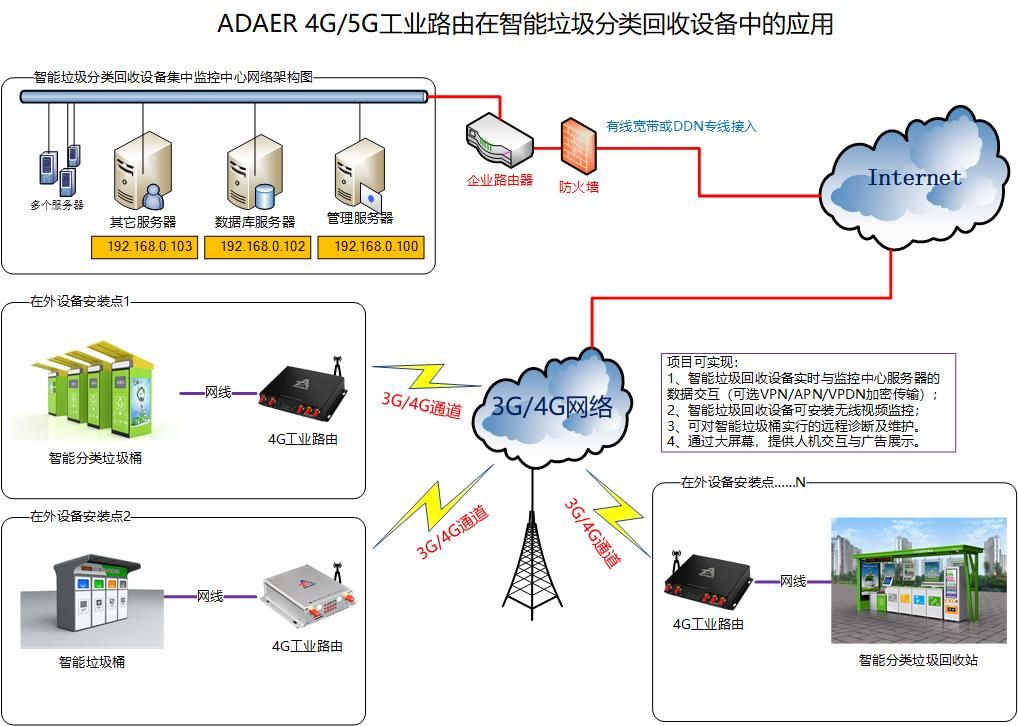This year, the garbage classification officially entered the public's field of vision, which not only became the most concerned topic for ordinary people, but also brought the garbage classification industry to the market focus again. With the continuous introduction of policy documents, it is clear that by 2020, 46 key cities will basically complete the domestic waste sorting and treatment system. By 2025, the domestic waste classification and treatment system will be basically established in prefecture-level and above cities. It can be seen that with the further landing of the garbage classification system, the industry will show a rapid growth trend in 5-7 years. In the past, the garbage disposal method through mixed collection and transportation will change, and the pre-category placement in the residential area/residential area of the user end will be displayed. The link squeezes out explosive market demand.

At present, China's urban domestic garbage is mainly divided into four categories, of which wet waste accounts for more than 48%, dry garbage accounts for about 30%, recyclable waste accounts for about 21%, and hazardous waste accounts for only 1%. The waste sorting industry chain can be divided into three parts: front-end garbage sorting, middle-end sorting, clearing, and end-of-dust disposal. The overall waste sorting process is divided into upstream households to generate domestic garbage, and the garbage is classified and placed. Wastes with recycling value are recycled by self-employed or recycling enterprises for comprehensive utilization, while general domestic garbage is cleaned, collected and transported by sanitation companies or local agencies responsible for sanitation work; downstream is disposed of by waste disposal enterprises. . The garbage sorting industry allocates funds from local governments to sanitation companies for the manufacture and daily operation management of sanitation equipment.
After the implementation of the waste sorting policy, the most intuitive demand growth is the use of waste sorting and recycling equipment. As the primary infrastructure for the implementation of the garbage classification policy, the pre-category equipment of the community may form an important daily interaction scene for residents and have the value of the industrial chain entrance. However, at present, the awareness of household waste classification in China is still not popularized. The problems of high supervision and management cost brought by simple classified garbage bins, serious pollution of community distribution points, and insufficient enthusiasm of residents are obvious. The old recycling management thinking and market participants cannot solve the problem. The above pain points, a smart Internet of Things solution with user thinking may be the positive solution.

The garbage sorting and recycling intelligent equipment mainly uses 4G wireless communication technology + Internet of Things technology + big data technology, through the background AI recognition, automatic weighing, point redemption and other means, the traditional garbage sorting bin is intelligent and dataized, thereby reducing The front-end personnel supervised the cost, guided the residents to raise the awareness of garbage classification, and realized the refined management of garbage classification. In addition to meeting the above-mentioned intelligent device technology operation capabilities, on the one hand, through the agent mode with the sanitation operators, it outputs the garbage classification intelligent module, assembly technology and production management service. This model can greatly reduce the equipment production cost and logistics cost, and quickly seize the market in the mode of lighter assets; on the other hand, it provides the government with data output and decision-making reference functions, so that the government can be scientific and informative in the decision-making process. The development model of Lijiejie uses the government and operators as channels to provide complete IoT hardware and mature solutions without affecting the original industrial chain pattern, so that the business model forms a complete closed loop. Therefore, we believe that the intelligent sorting equipment for waste sorting has become a new trend in the development of the industry. The company's model has more continuous imagination and attracts the favor of capital.

The intelligent garbage sorting and recycling equipment has the following characteristics:
1, built-in reliable 4G industrial wireless communication equipment
2. Integrate multiple IoT sensors
3. Integrated AI recognition and intelligent analysis technology
4, integrated visual large screen, providing a human-machine friendly interface, and display advertising
5, can be connected to the camera, providing peripheral wireless video surveillance